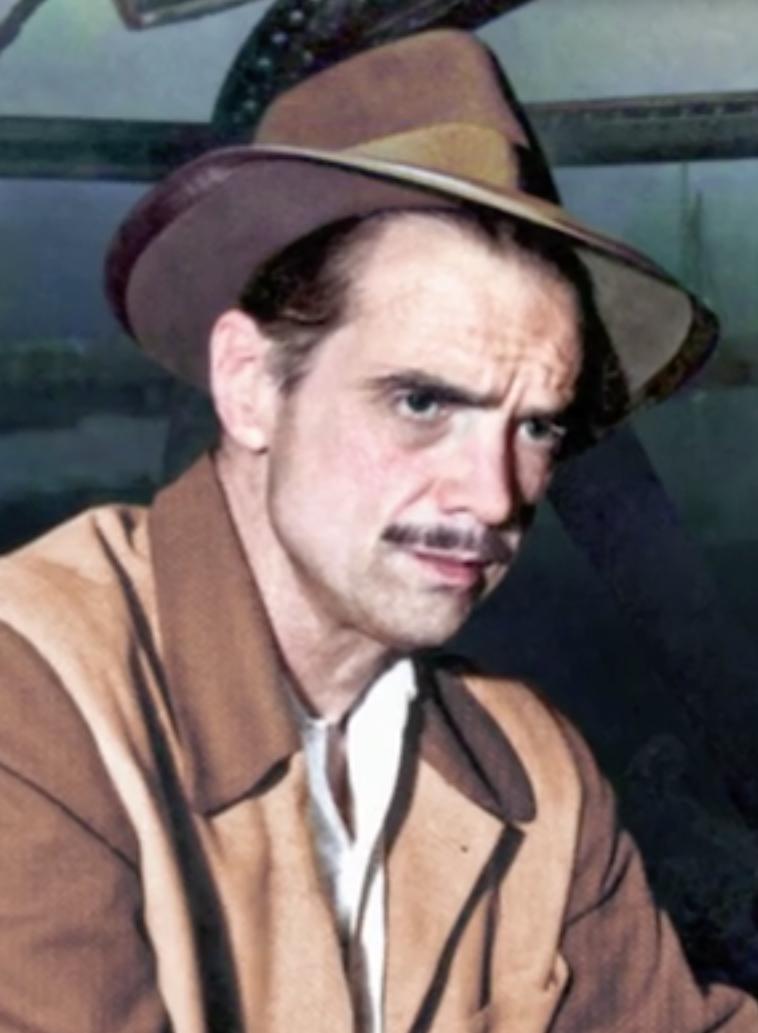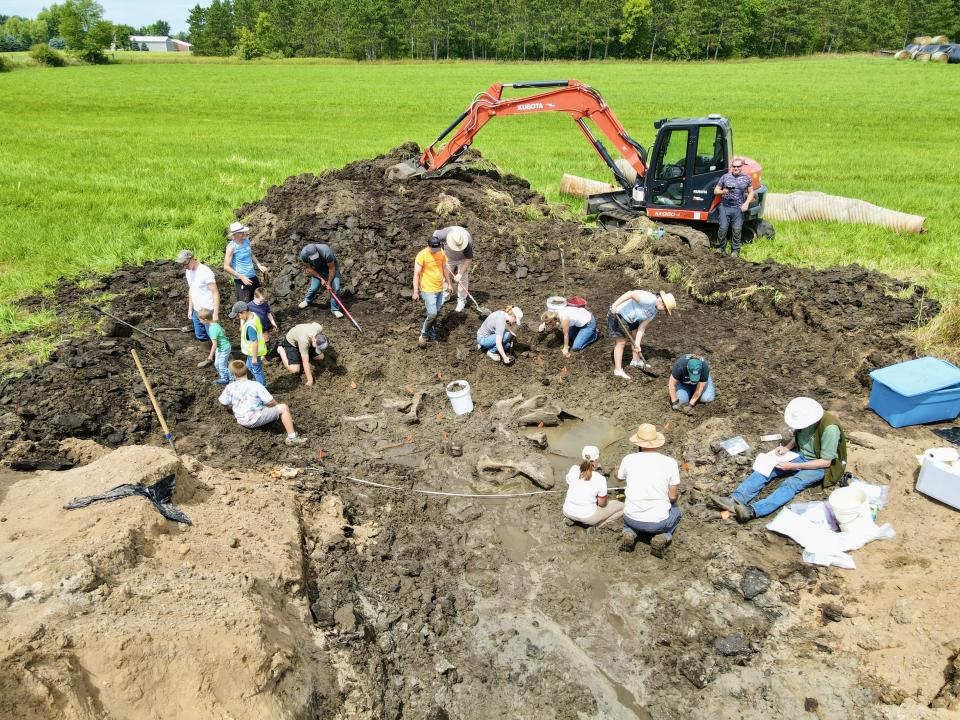
The Hughes Flying Boat, at one time the largest aircraft ever built,
was piloted by designer Howard Hughes on its first and only flight
in Long Beach Harbor, California.
Built with laminated birch and spruce (hence the nickname the
Spruce Goose) the massive wooden aircraft had a wingspan
longer than a football field and was designed to carry more than
700 men to battle.
Howard Hughes was a successful Hollywood movie producer when
he founded the Hughes Aircraft Company in 1932. He personally
tested cutting-edge aircraft of his own design and in 1937 broke the transcontinental flight-time record.
In 1938, he flew around the world in a record three days, 19 hours,
and 14 minutes.

Howard Robard Hughes Jr. (1905 – 1976)

The Spruce Goose is now on display at the Evergreen
Aviation & Space Museum in McMinnville, Oregon.













